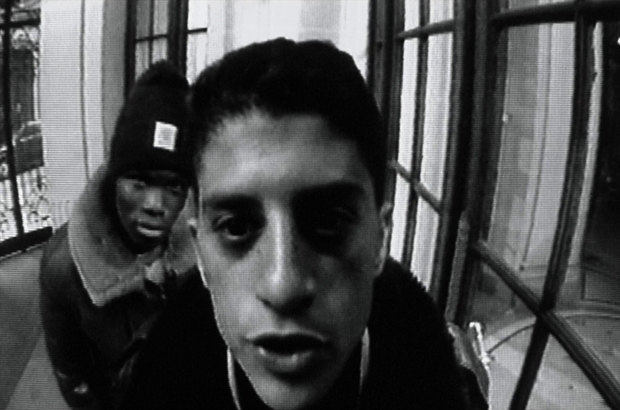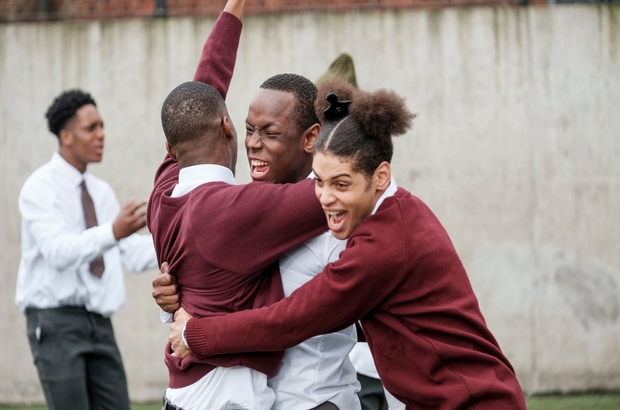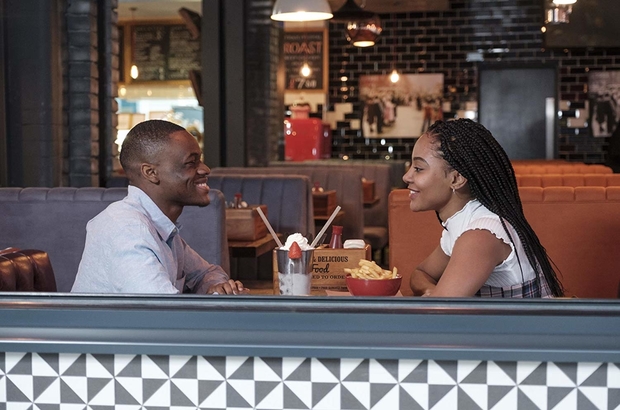SHANTI GIOVANNETTI-SINGH considers censorship in the arts in light of the banning of Blue Story in Vue cinemas.
On the 8th of June 1995, explosive riots pulsated through the Parisian banlieue of Noisy-Le-Grand. Spurred on by the murder of Belkassem Delahbib, a young man tragically killed in a police chase, a wave of protestors took to the streets, shattering everything that crossed their paths. The upheaval continued deep into the following night, as the enraged communities burned with a hateful vengeance. Both mainstream media sources and various politicians attributed these events to Matthieu Kassovitz’s fifth film, La Haine, which was released the week before the riots began. Centred around police brutality and youth violence, many saw the events at Noisy-Le-Grand as a ‘copycat’ riot, inspired by the film’s explictically ‘hateful’ message towards an increasingly authoritarian police force.

24 years later, in Birmingham, a mass brawl erupted in the foyer of a Vue cinema. This violent clash, in which machetes were drawn, culminated in the arrest of five individuals, including a 13-year-old girl. Following these events, Blue Story, the debut film of Andrew Onwubolu, AKA Rapman, whose plot revolves around gang violence in London, was banned from 91 Vue cinemas across the UK and Ireland. The connection between the film and the brawl has always been of a speculative nature.
Following both events, critics have been quick to shift blame onto the films which supposedly inspired the events. After all, a film centred around youth gangs is more likely to have triggered a knife fight than a film like Frozen 2. While it is important to realise that the assumed connection is not completely contrived, the link between Blue Story and the brawl has always been very tenuous. Blue Story’s nebulous connection to the incident has been supported by the West-Midland police force, who saw no grounds for the ban. Despite its subject matter, the film explicitly shows the horror associated with gangs and knife crime. As Onwubolu has repeated many times, Blue Story is a ‘film about love, not violence’. Why then, was the cinema chain so hasty in banning Blue Story in cinemas all across the country?

This deferral of blame onto the arts is a longstanding practice, transcending film and affecting forms such as literature and music. In the wake of the 1999 Columbine massacre (a devastating school shooting in which 15 people were killed), the music of Marilyn Manson quickly came under fire for having supposedly ‘inspired’ the attackers. The pervasiveness of this practice incites some key questions: exactly how much blame can be placed on films and songs for these tragedies? Are we so deeply affected by the art we consume that it skews our worldly view, influencing our every action? Or, does art hold a mirror up to society, reflecting the deep-rooted violence which permeates all of its crevices? We can read this relationship as being fairly symbiotic; art undeniably influences life, but life and real experiences are the strongest muses of art.
This old adage of whether art influences life or life influences art is not necessarily central to this particular issue. In the case of both Blue Story and La Haine, we can see how certain genres are used as scapegoats for existing social issues. By blaming youth violence on these films, we can identify a clear source for these issues. Moreover, tarnishing these films with such claims allows the canon to be carefully monitored, ensuring that no ‘inappropriate’ themes enter the limelight, disrupting the status quo. Rap music, gang films, hip-hop dancing, and graffiti are all art forms that are systematically blamed for delinquency. They are also counter-cultural art forms, often associated with diaspora communities and marginalised people. The censorship of these genres inevitably censors the voices of these communities. Both La Haine and Blue Story shed light on the crippling problems which plague society; issues that are too frequently ignored and left to fester in the shadowy corners of obscurity.
That’s not to say that all acceptable art has to be cheery and jovial – canonical films such as Schindler’s List (Spielberg) prove the opposite. Gritty, violent, macabre plots often make for the most entertaining films. But, they must be gritty, violent and macabre in a very narrow and prescribed way. Viewers don’t want to sit down and think about social issues such as homelessness, addiction, and gangs – these are all too close to home. Instead, they want to see distant suffering which they can detach from reality and thus, their personal responsibility. Poverty in films is acceptable when it depicts the suffering of a nondescript, emaciated, ‘Africa’ child. It is unacceptable, however, when it dwells on the problems which are a tube stop away. The social issues that afflict so-called ‘developed’ countries are bitter pills that the film industry refuses to swallow; something reflected by the censorship of films such as Blue Story.
Occasionally the miraculous occurs:; films focusing on these issues manage to slip into the foreground of cinema. In order for this to happen, however, there are so many further criteria that they must fulfil. Despite initial criticism, La Haine is now comfortable in its status as a Francophone classic. Cemented into school curriculums, it is difficult to evade – but what is it that makes it so much more palatable than Blue Story? This too can be linked to realism. Showcasing 98 minutes of monochromatic images, distorted dolly zooms and spiralling shots, La Haine conveys an abstract dystopia, rather than the real lives of the people who inhabit the Parisian banlieue. The evocatively art-house filter through which we view Kassovitz’s film could position La Haine as a fetishization of ghetto culture, rather than a criticism of the challenges that afflict these communities. The contrived artistry of La Haine could not differ more from the hyper-realism of Blue Story. Using many handheld camera shots, natural dialogue and filming on the all too familiar upper deck of a London bus, the film is reminiscent of the Youtube series of the same name upon which the film is based.
Whereas Kassovitz draws attention to the distance between Paris and its suburbs, hyperbolically extending the protagonists’ journey from their ends to the city centre, Blue Story seamlessly intersects from one London borough to another. Throughout the film, we follow characters as they walk, drive and commute from one quarter to another, intersecting the multiple pathways taken by all Londoners. This fluidity reminds us of the proximity that exists between the viewer and the subjects in the film.
Knife crime and youth gangs are not problems that we can ignore; they are plaguing Britain, with over 43,000 incidents in 2019 alone. No matter how unpleasant, we must open our eyes to films such as Blue Story in order to understand the sheer brutality of the problems which torment our society.
Featured image source: IMDB.com





